Kingdom Fungi Scientific name Ganoderma Rank Genus | Division Basidiomycota Family Ganodermataceae Higher classification Ganodermataceae | |
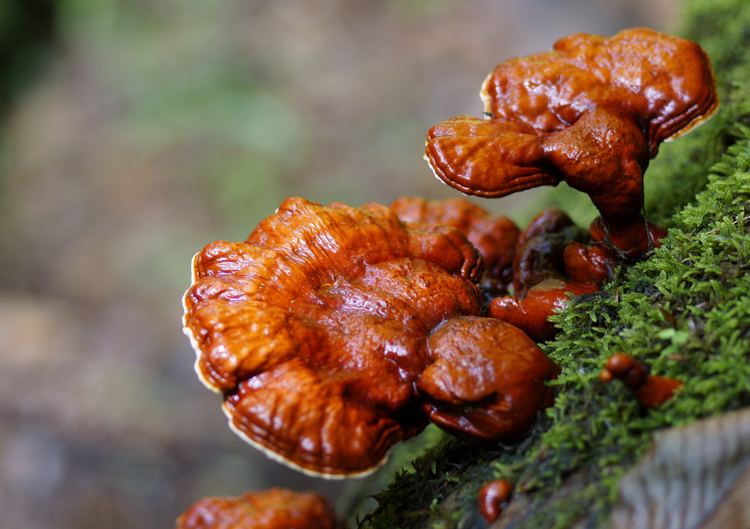 | ||
Lower classifications Lingzhi mushroom, Ganoderma applanatum | ||
Myth or reality ganoderma lucidum reishi
Ganoderma is a genus of polypore mushrooms that grow on wood, and include about 80 species, many from tropical regions. Because of their extensive use in traditional Asian medicines, and their potential in bioremediation, they are a very important genus economically. Ganoderma can be differentiated from other polypores because they have a double-walled basidiospore. They are popularly referred to as shelf mushrooms or bracket fungi.
Contents
- Myth or reality ganoderma lucidum reishi
- Finding artist s fungus ganoderma australe
- Etymology
- Description
- Phylogeny
- Industry
- Bioactive compounds
- Notable species
- References
Finding artist s fungus ganoderma australe
Etymology
The name Ganoderma is derived from the Greek ganos/γανος "brightness, sheen", hence "shining" and derma/δερμα "skin".
Description
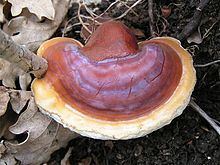
Ganoderma are characterized by basidiocarps that are large, perennial, woody brackets also called "conks". They are lignicolous and leathery either with or without a stem. The fruit bodies typically grow in a fan-like or hoof-like form on the trunks of living or dead trees. They have double-walled, truncate spores with yellow to brown ornamented inner layers.
Phylogeny
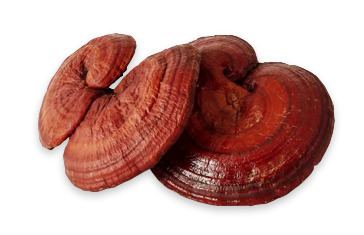
The genus was named by Karsten in 1881. Members of the family Ganodermataceae were traditionally considered difficult to classify because of the lack of reliable morphological characteristics, the overabundance of synonyms, and the widespread misuse of names. Until recently, the genus was divided into two sections – Section Ganoderma with a shiny cap surface (like Ganoderma lucidum) and Elfvingia, with a dull cap surface, like Ganoderma applanatum.
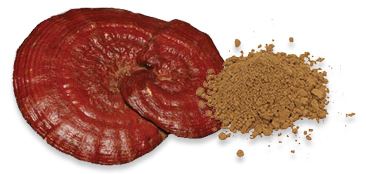
Phylogenetic analysis using DNA sequence information derived from mitochondrial SSU rDNA, have helped to clarify our understanding of the relationships amongst Ganoderma species. The genus may now be divided into six monophyletic groups:
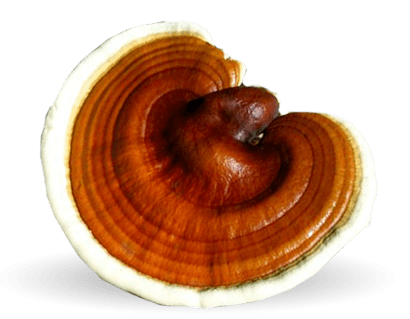
In 1905, American mycologist William Murrill delineated the genus Tomophagus to accommodate the single species G. colossus (then known as Polyporus colossus) which had distinctive morphological features that did not fit in with the other species. Historically, however, Tomophagus has generally been regarded as a synonym for Ganoderma. Nearly a century later, phylogenetic analyses vindicated Murrill's original placement, as it has shown to be a taxonomically distinct appropriate genus.
Industry
Ganoderma are wood-decaying fungi with a cosmopolitan distribution. They can grow on both coniferous and hardwood species. They are white-rot fungi with enzymes that allow them to break down wood components such as lignin and cellulose. There has been significant research interest in trying to harness the power of these wood-degrading enzymes for industrial applications such as biopulping or bioremediation.
Bioactive compounds
Several species of Ganoderma contain many bioactive compounds (~400), such as triterpenoids and polysaccharides.
Collectively, the Ganoderma species are being investigated for a variety of potential therapeutic benefits: